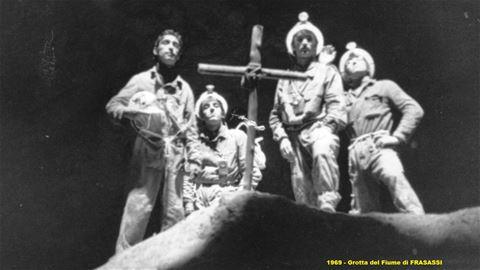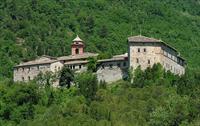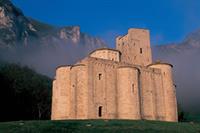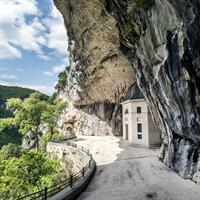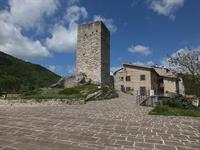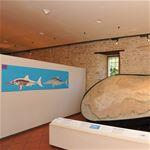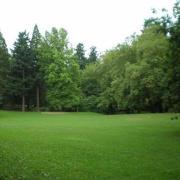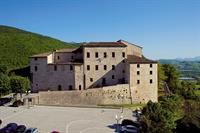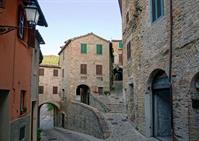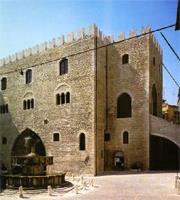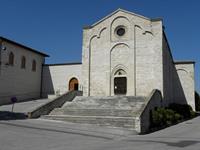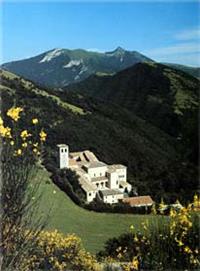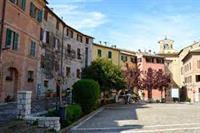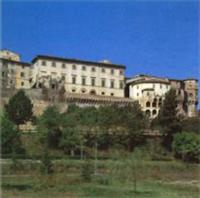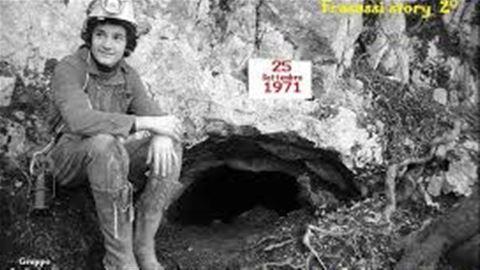
HISTORY of the CAVES
We can say with certainty that a systematic search for speleologists and geologists in the Frasassi area began in 1948, thanks to the activity of the Marche Speleological Group of Ancona. It must be remembered, however, that even in the period between the two wars there were some explorations and researches by scholars of prehistory and natural sciences, but they were sporadic episodes. Just in 1948, and precisely on June 28, Mario Marchetti, Paolo Beer and Carlo Pegorari of the aforementioned Speleological Group discovered the entrance to the River Cave. Numerous other explorations and discoveries will occur in the area, thanks to the Cave Groups of the Italian Alpine Club (C.A.I.) of Jesi and Fabriano. In 1966 a member of the Fabrianese Speleological Group, Maurizio Borioni, will find a further branch inside the Grotta del Fiume, more than a kilometer long. From this moment the explorations and searches became more assiduous and enthusiastic. Five years later, in July 1971, a new discovery. This time it is some young Jesuits who find themselves in front of a narrow opening from which a considerable current of air comes out. They are Armando Antonucci, Mauro Brecciaroli, Mauro Coltorti, Mario Cotichelli, Massimo Mancinelli, Giampiero Rocchetti and Roberto Toccaceli. They worked for about a month to widen the narrow passage, and on the following August 1st they passed what will be called the "Woodworm Strettoria". This will open up to the wonder of the young about five kilometers of new cavities, with a set of tunnels, wells and imposing galleries, inside which they will find animal traces preserved through the millennia. The discoveries of this lucky year don't end there. The first trace of the most relevant discovery, that of the Grotta Grande del Vento, will take place on 25 September 1971, when Rolando Silvestri of the Speleological Group of the Marches Italian Alpine Club of Ancona, crossing the north slopes of Mount Vallemontagnana, discovered a small entrance. With the help of some friends he managed to break through a small room. The disappointment at the little discovery was accompanied almost immediately by the hope that something much greater was in sight. In the small room, in fact, there were numerous openings from which drafts of air came out. After a tiring excavation, which will last a few days, they entered a narrow passage and from here they slipped in the direction of the edge of a void. They threw a stone into the void and realized the width and depth of the cave. Their calculation, not far from the truth, was over one hundred meters. An incredible discovery, which created great enthusiasm among the members of the group. The wonderful Grotta Grande del Vento was thus delivered to the admiration of man. The problem then became for them to try to penetrate the cavity and reach the bottom. In a short time they got the necessary equipment and, with a new expedition, they descended into the huge cave below which will be given the name of "Abisso Ancona". The lights of the Ancona cavers immediately highlighted the splendor and the singular beauty of this new environment. The discovery was widespread and made known also through the press. Then the activities of the Speleological Group of Jesi and the Ancona Group continued and intensified, the first in the River Cave and the second in the Big Wind Cave. Their goal was to find the conjunction, the way of communication between the two cavities that they believed should necessarily be there. Their belief and their strenuous research will be carried out about two months later, on December 8th, but they will be some speleologists of the C.A.I. of Fabriano to follow the traces of the Ancona cavers in the Grotta Grande del Vento. They also gave a name to that passage: "Condotta dei fabrianesi". The two huge caves thus became, from now on, a huge labyrinth of underground environments that follow one another unceasingly for over thirteen kilometers. Only speleologists, with particular equipment and not without certain difficulties, are able to explore this wonderful underground world in its entirety; others are left with only photos, albeit beautiful. At the end of 1972, the "Frasassi Consortium" was established, with the aim of safeguarding and enhancing the Frasassi caves and the municipal area in which they are located. The Consortium was established between the Municipality of Genga and the Province of Ancona. An artificial gallery of over 200 meters was built, which led to the entrance of the Grotta Grande del Vento, and then a comfortable path of about 600 meters was traced inside. Thus the minimum conditions were fulfilled to make one of the most beautiful parts of the Grotta Grande del Vento accessible to tourists. Thus the minimum conditions were fulfilled to make one of the most beautiful parts of the Grotta Grande del Vento accessible to tourists. The opening dates back to September 1, 1974; since then many tourists continue to visit these enchanting places where they can appreciate the beauty, splendor and majesty of nature.
